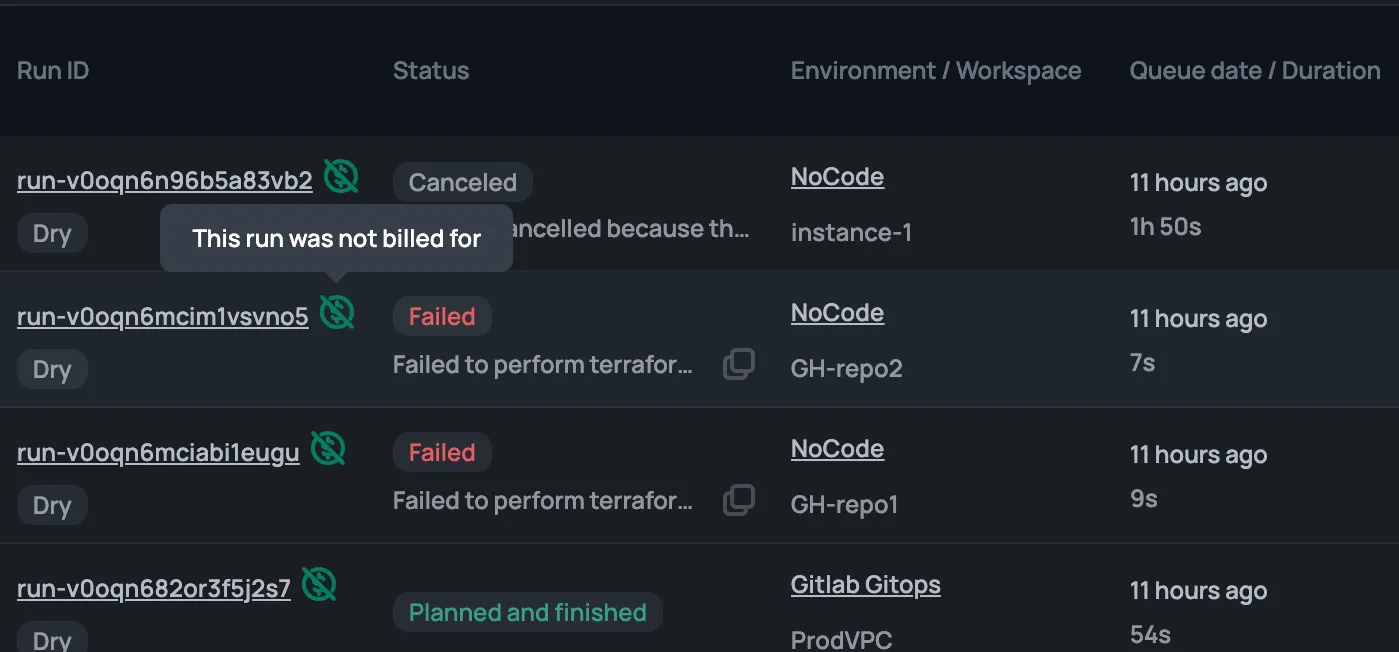Unlimited & Free Concurrency.

Get started for Free and upgrade to a monthly or annual subscription that meets yours needs when you are ready. All features & capabilities are available on all subscriptions.
Scalr only charges for qualifying runs.
Using Terraform Cloud? Compare costs and apply for migration credits.













